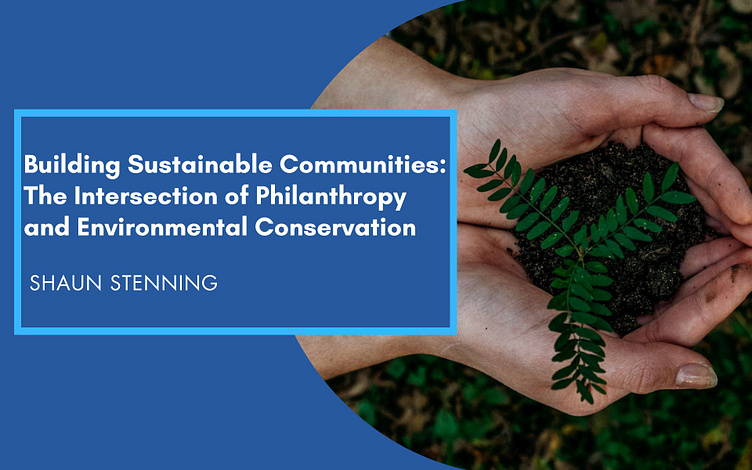Building Sustainable Communities: Philanthropy and Environment
The need for sustainable communities has become increasingly apparent in today’s world. With the growing concerns of climate change and environmental degradation, it is crucial to adopt practices that promote both social and environmental well-being. One powerful way to achieve this is through the intersection of philanthropy and environmental conservation.
Philanthropy, often associated with the act of giving, can play a significant role in building sustainable communities. By harnessing the resources, knowledge, and influence of philanthropists, we can drive positive change and address pressing environmental challenges.
One key area where philanthropy can make a difference is in funding environmental conservation initiatives. Philanthropists can support organizations and projects that work towards protecting and restoring natural habitats, conserving biodiversity, and mitigating the impacts of climate change. This funding can provide critical resources for research, conservation efforts, and the development of sustainable practices.
Moreover, philanthropists can also contribute to building sustainable communities by supporting initiatives that focus on education and awareness. By funding programs that promote environmental education and sustainable practices, philanthropists can empower individuals to make informed decisions and take action in their communities. These efforts can lead to long-term behavioral changes that benefit both people and the planet.
In addition to financial contributions, philanthropy can also foster collaboration and partnerships. Philanthropists can bring together different stakeholders, including community organizations, businesses, and government agencies, to work towards a common goal of building sustainable communities. This collaborative approach ensures that diverse perspectives are considered and that efforts are coordinated for maximum impact.
Another important aspect of philanthropy’s role in sustainability is the concept of impact investing. This approach involves making investments in projects, businesses, and organizations that generate positive social and environmental outcomes alongside financial returns. By directing investments towards sustainable initiatives such as renewable energy, green infrastructure, and eco-friendly technologies, philanthropists can promote both economic growth and environmental conservation.
Furthermore, philanthropy can also act as a catalyst for policy change. By using their influence and resources, philanthropists can support advocacy efforts and work towards shaping policies that prioritize environmental sustainability and social equity. Through strategic partnerships with policymakers and advocacy groups, philanthropists can drive systemic change and create an enabling environment for sustainable communities to thrive.
Building sustainable communities is not just about protecting the environment; it is also about creating equitable and resilient societies. Philanthropy plays a vital role in this process by supporting initiatives that address social and environmental challenges simultaneously. By leveraging their resources, expertise, and networks, philanthropists can contribute to a more sustainable and just future for all.
The intersection of philanthropy and environmental conservation offers immense potential for building sustainable communities. Through financial contributions, education, collaboration, impact investing, and policy advocacy, philanthropists can drive positive change and create a lasting impact on both people and the planet. By embracing this intersection, we can work towards a more sustainable future that promotes the well-being of our communities and the environment we depend on.

